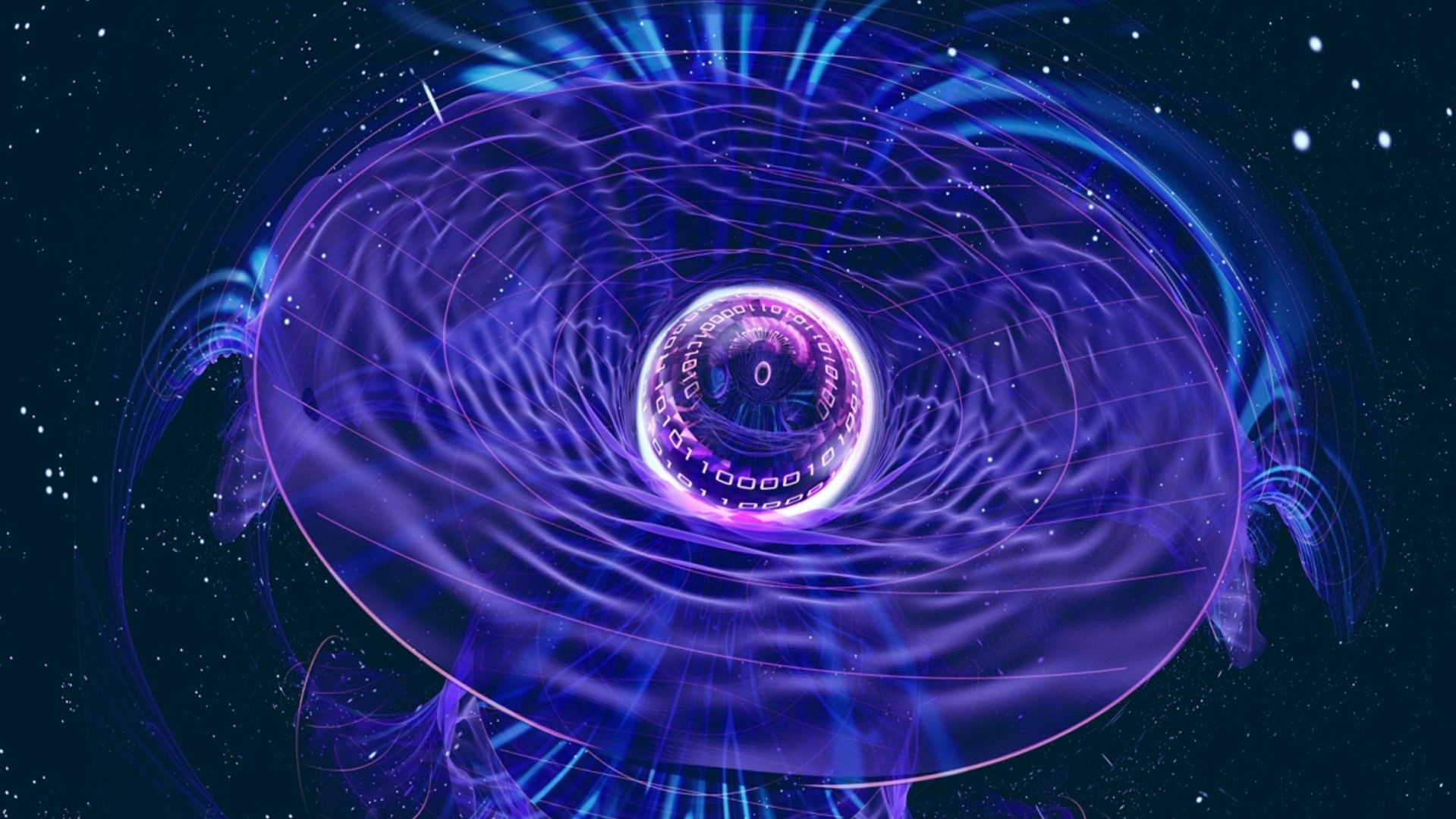|
Getting your Trinity Audio player ready...
|
In a programmable solid-state superconducting processor, researchers were able to demonstrate for the first time that large numbers of quantum bits, also known as qubits, can be tuned to interact with each other while maintaining coherence for an unprecedentedly long time. This was a major step forward in the development of quantum computing. Researchers from Arizona State University and Zhejiang University in China, in addition to two theorists from the United Kingdom, are credited with making this significant advancement in the field. Until recently, this was a feat that could only be accomplished in Rydberg atom systems. A quantum bit, also known as a qubit, is the fundamental building block of quantum information. It is effectively the quantum equivalent of the bit, which is the most fundamental kind of information used by traditional computers.
In a recently published article, researchers provided a “first look” at the formation of quantum many-body scarring (QMBS) states as a durable mechanism for sustaining coherence among interacting qubits. This finding was published in the journal Physical Review Letters. To realize extensive multipartite entanglement for a variety of applications in quantum information science and technology to achieve high processing speed and low power consumption, such exotic quantum states offer the alluring possibility of realizing the entanglement, which is an appealing possibility. Ying-Cheng Lai, an ASU Regents Professor, his former ASU doctoral student Lei Ying, and experimentalist Haohua Wang, both professors at Zhejiang University in China, are the authors of the paper that will be published in the journal Nature Physics. Ying-Cheng Lai is also a co-author of the paper.
According to Ying’s explanation, “QMBS states contain the intrinsic and generic capability of multipartite entanglement,” which makes them an incredibly attractive candidate for applications such as quantum sensing and metrology. Traditional computing, often known as binary computing, is based on the use of transistors, which can only ever represent either “1” or “0” at a given moment. In the field of quantum computing, data is stored in qubits, which can simultaneously represent the values 0 and 1, which can exponentially speed up certain computing procedures.
According to Lai’s explanation, “in the field of quantum information science and technology, it is frequently essential to combine a high number of fundamental information-processing units, known as qubits.” “It is vital to keep a high degree of coherence or quantum entanglement among the qubits in order to run applications such as quantum computing. “However, the inevitable interactions between the qubits and the external noise might damage the coherence in a very short period – within approximately ten nanoseconds,” the author writes. “There is no way to prevent this from happening.” This is due to the fact that a large number of interacting qubits make up a many-body system, as Lai explained.
Understanding how to delay thermalization while still maintaining coherence is essential to the research, which aims to achieve a crucial research goal in the field of quantum computing. “Based on our understanding of fundamental physics, we are aware that the process of thermalization will take place whenever there is a confined environment containing a large number of particles that can interact with one another, such as molecules. According to Lai, “the scrambling among multiple qubits will invariably result in quantum thermalization,” which is the process described by the so-called Eigenstate Thermalization Hypothesis. This process will undermine the qubits’ ability to maintain coherence with one another. According to Lai, these discoveries will contribute to the advancement of quantum computing and will have applications in a variety of disciplines, including cryptology, secure communications, and cybersecurity.


